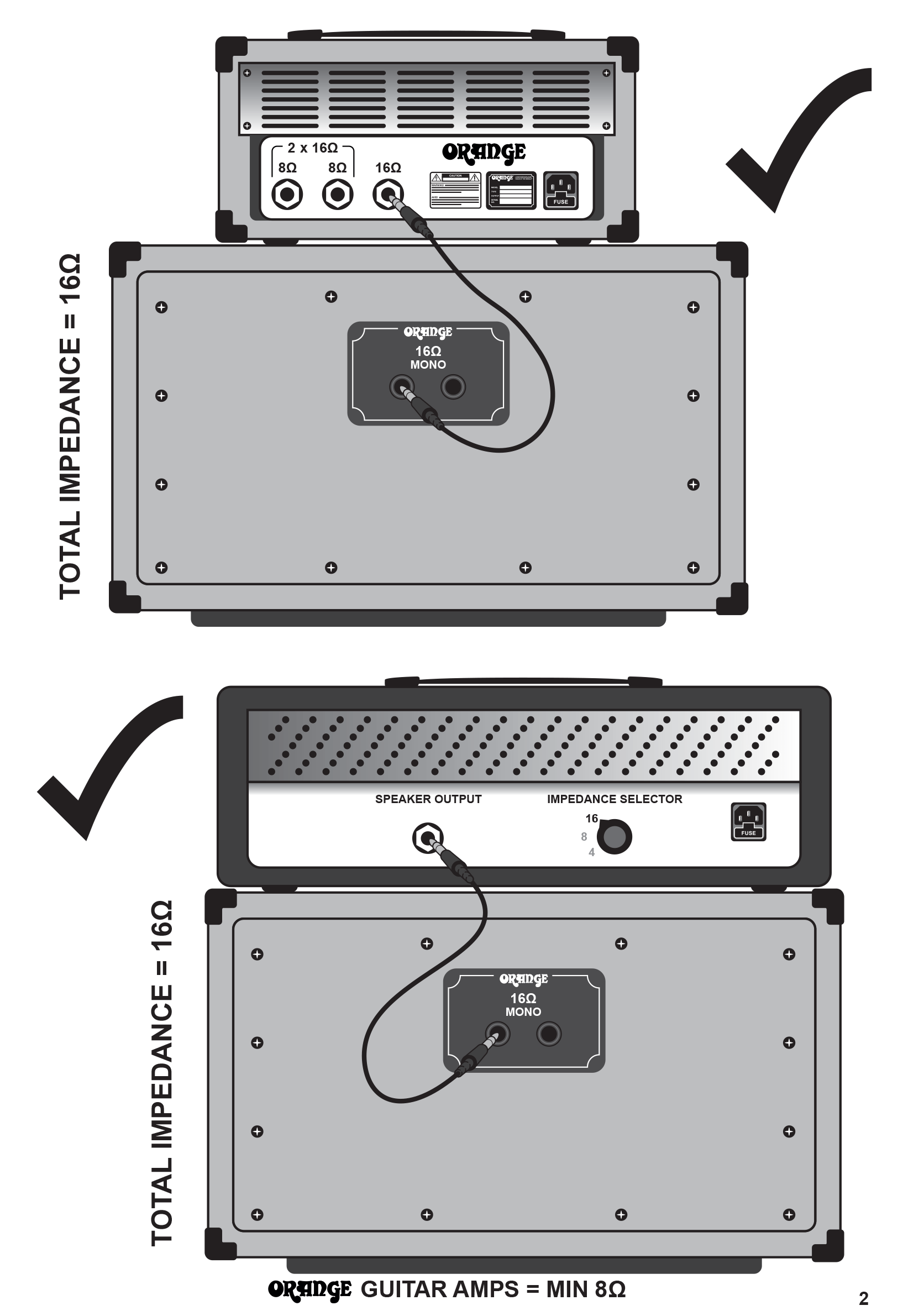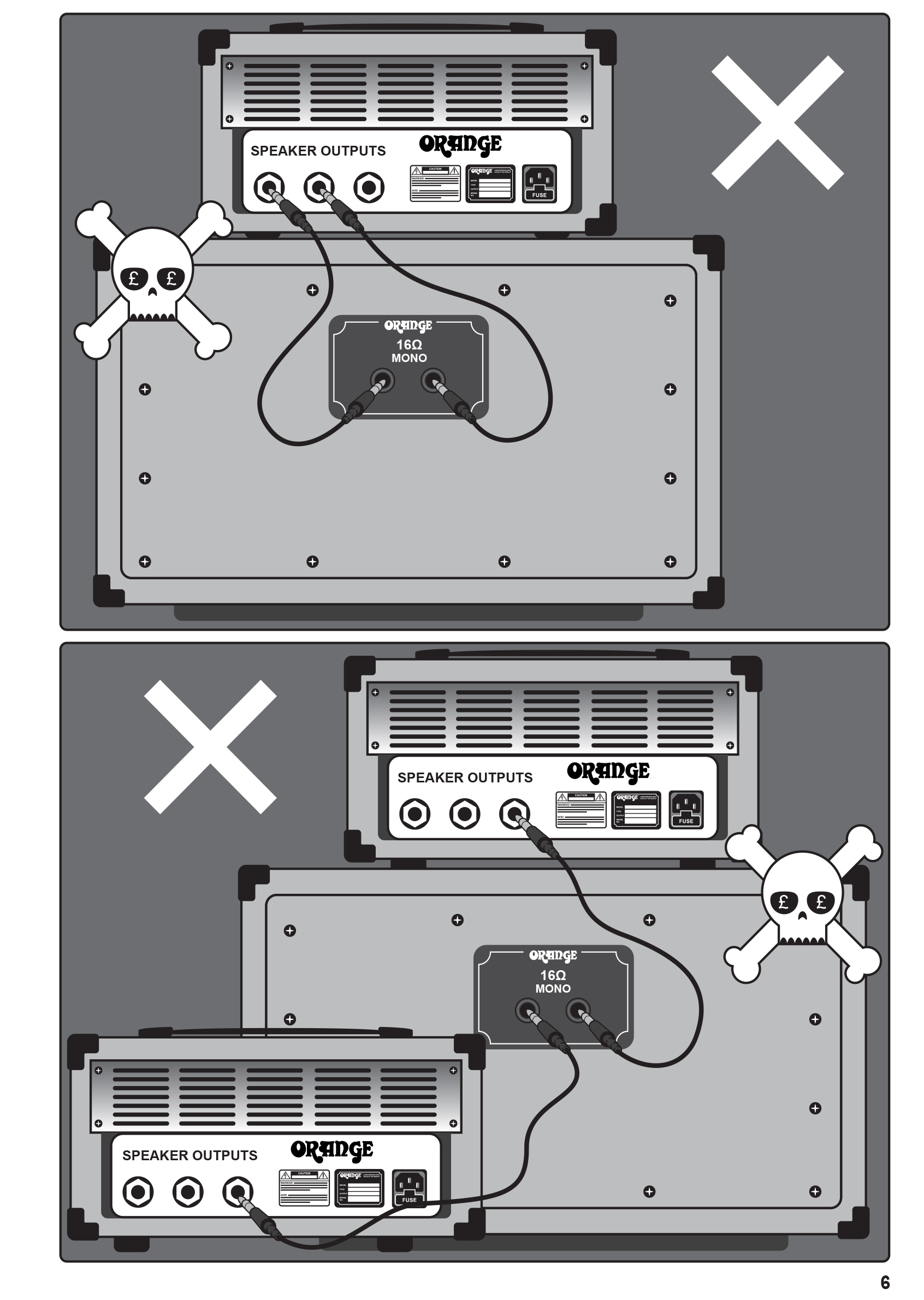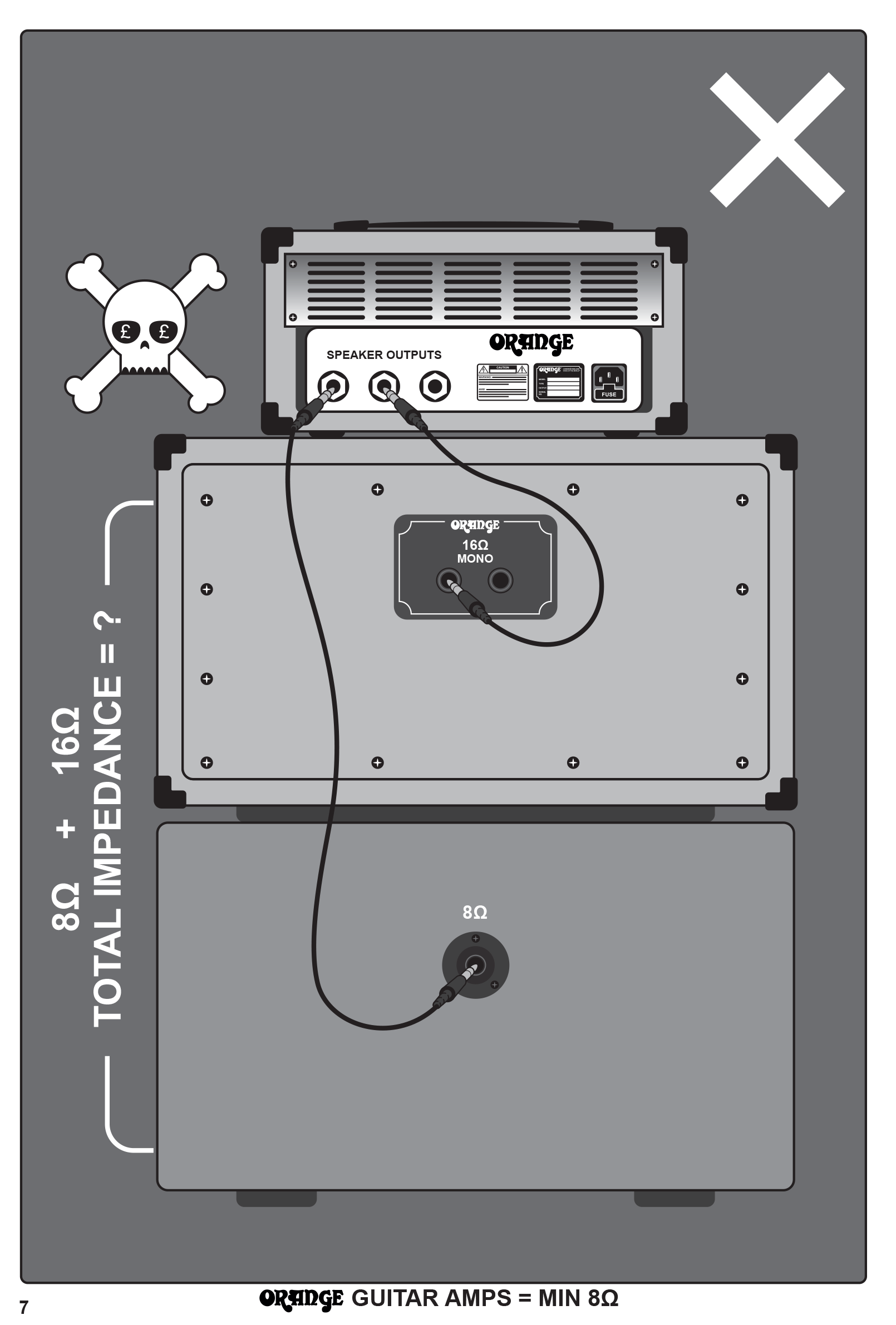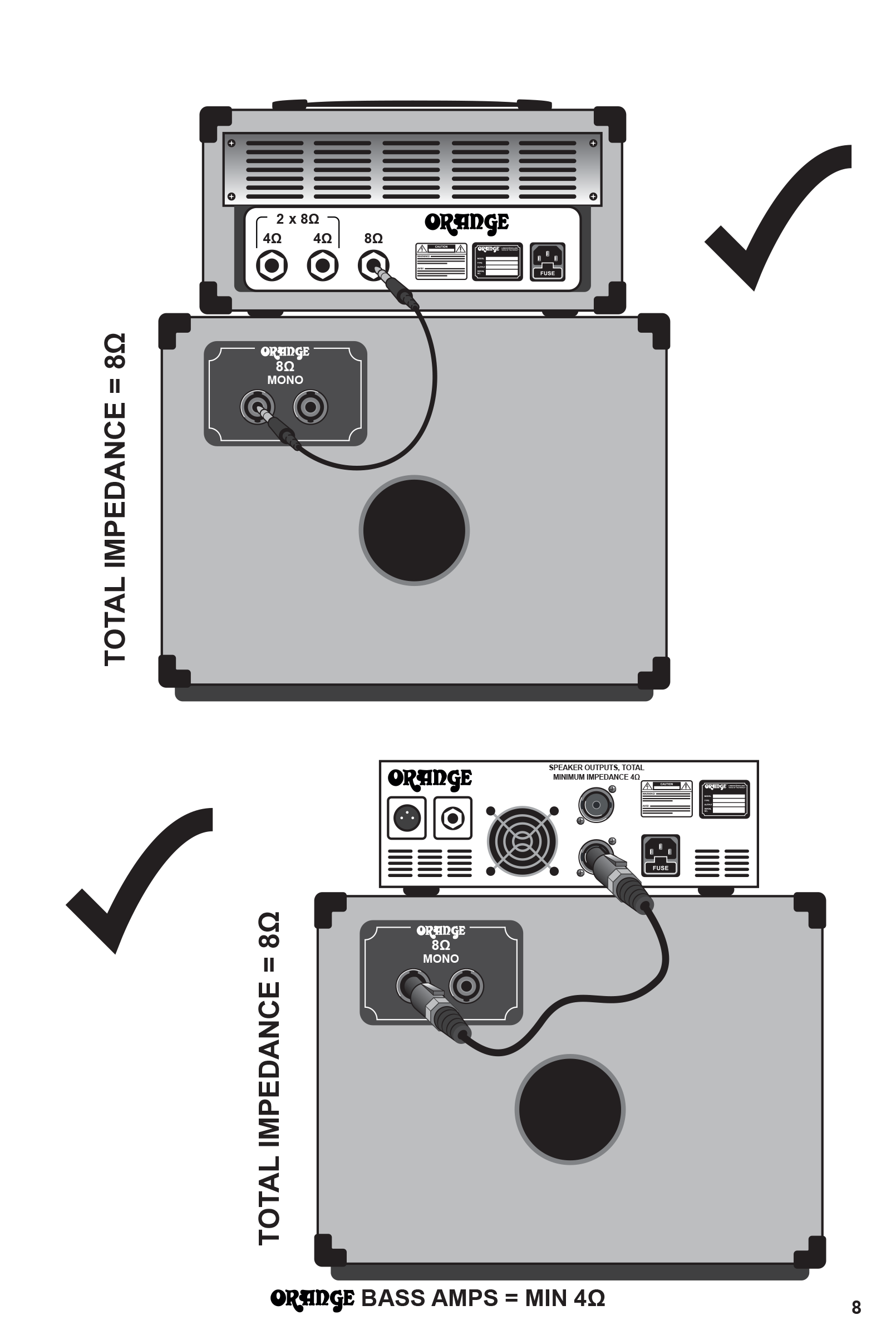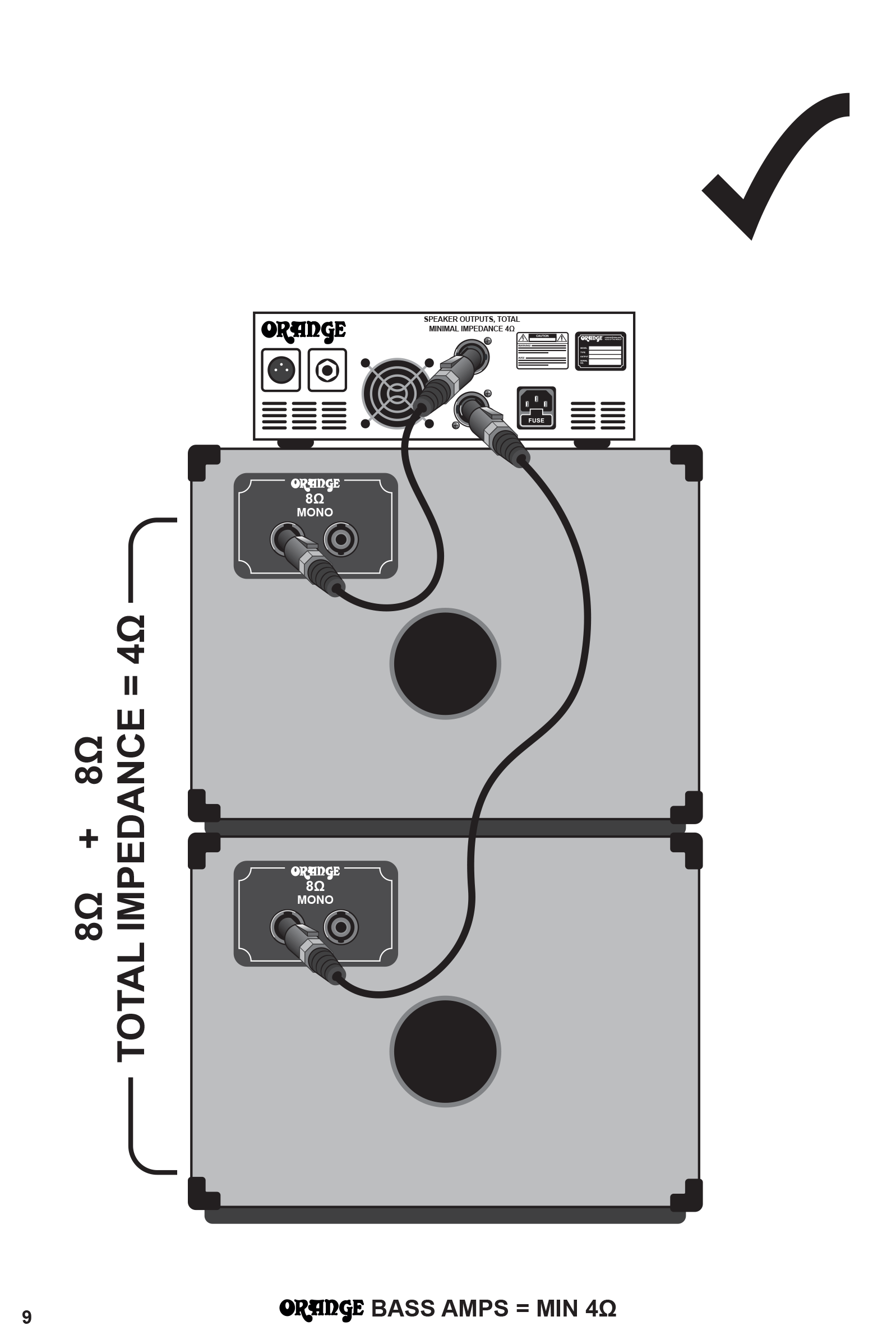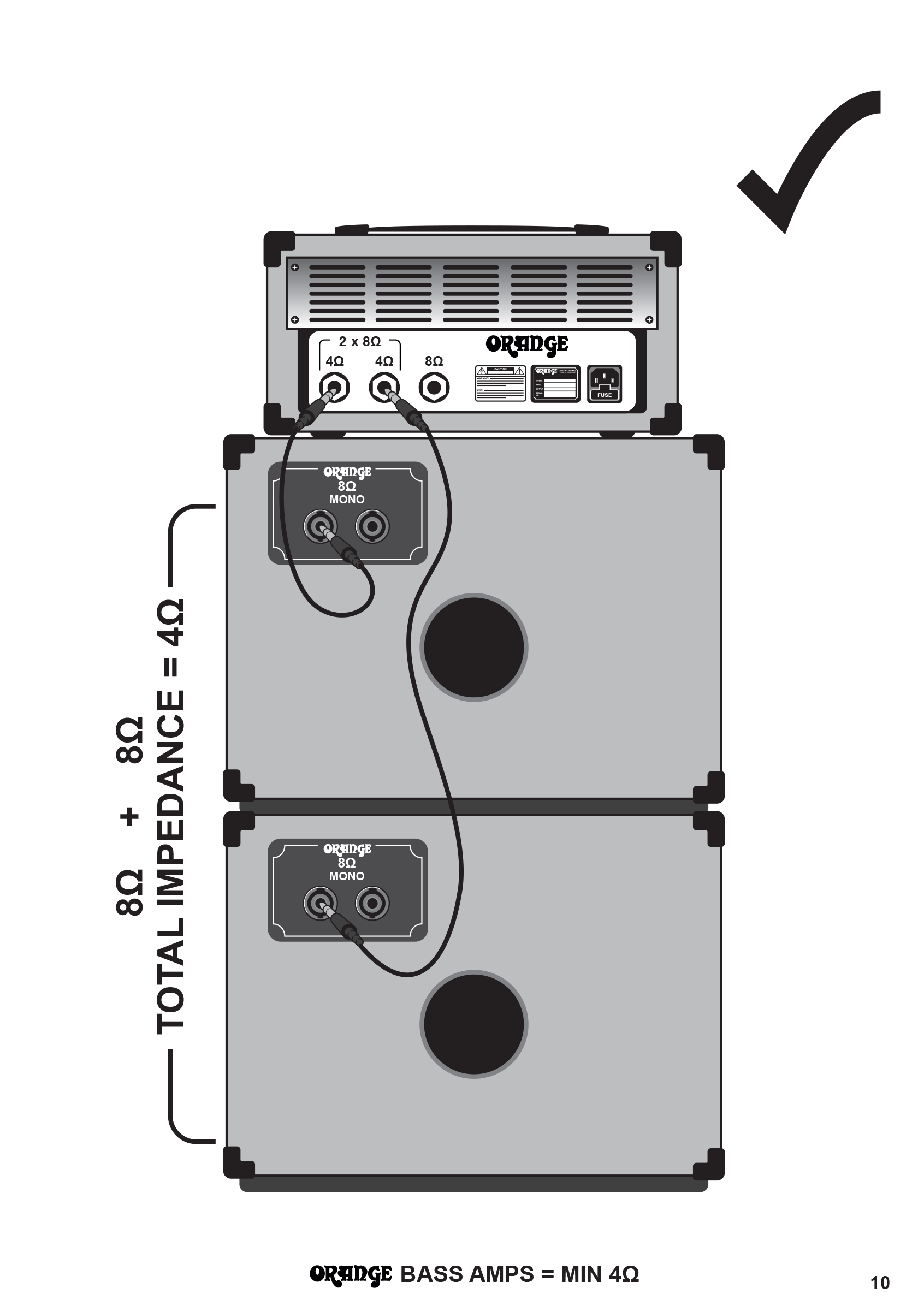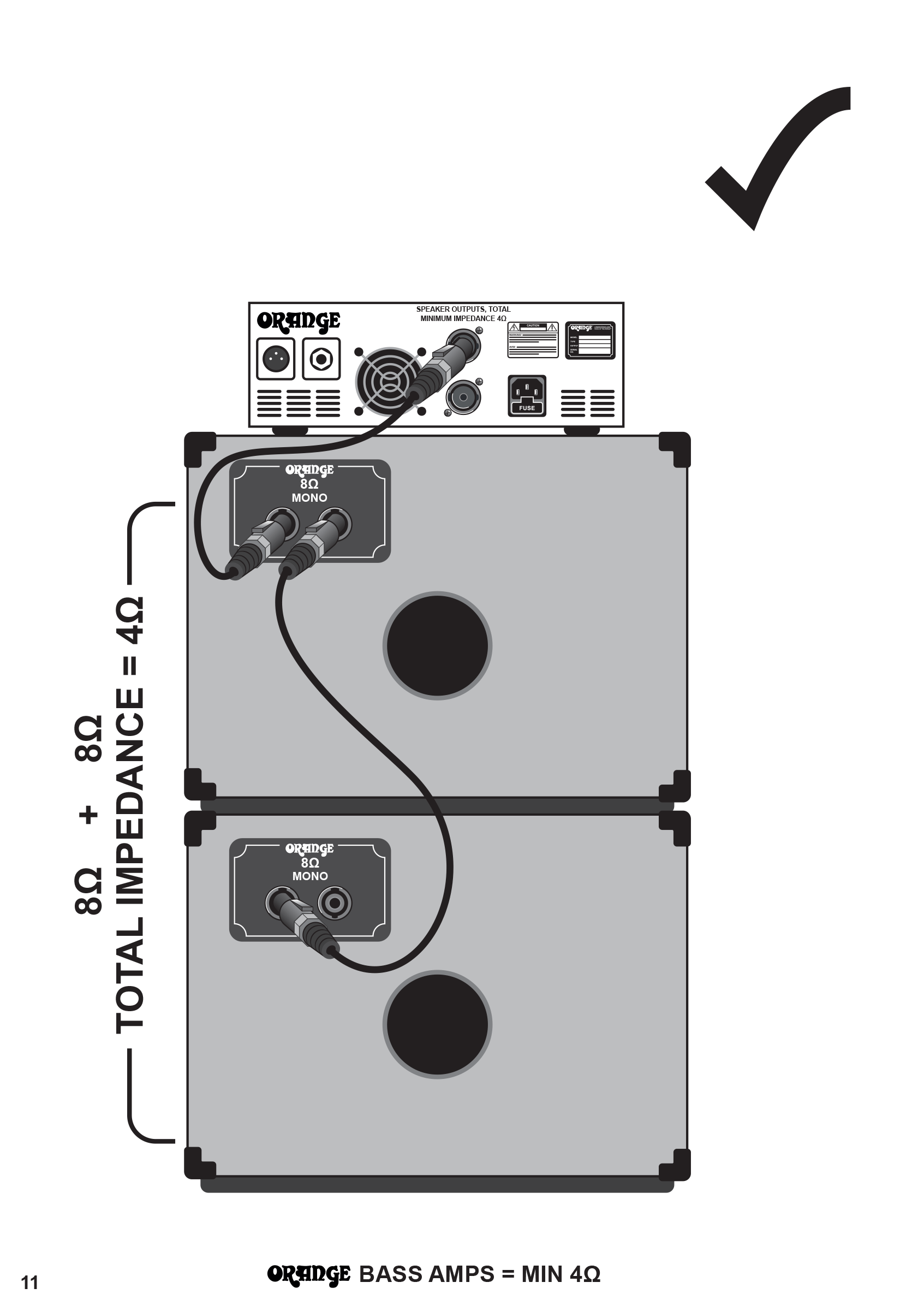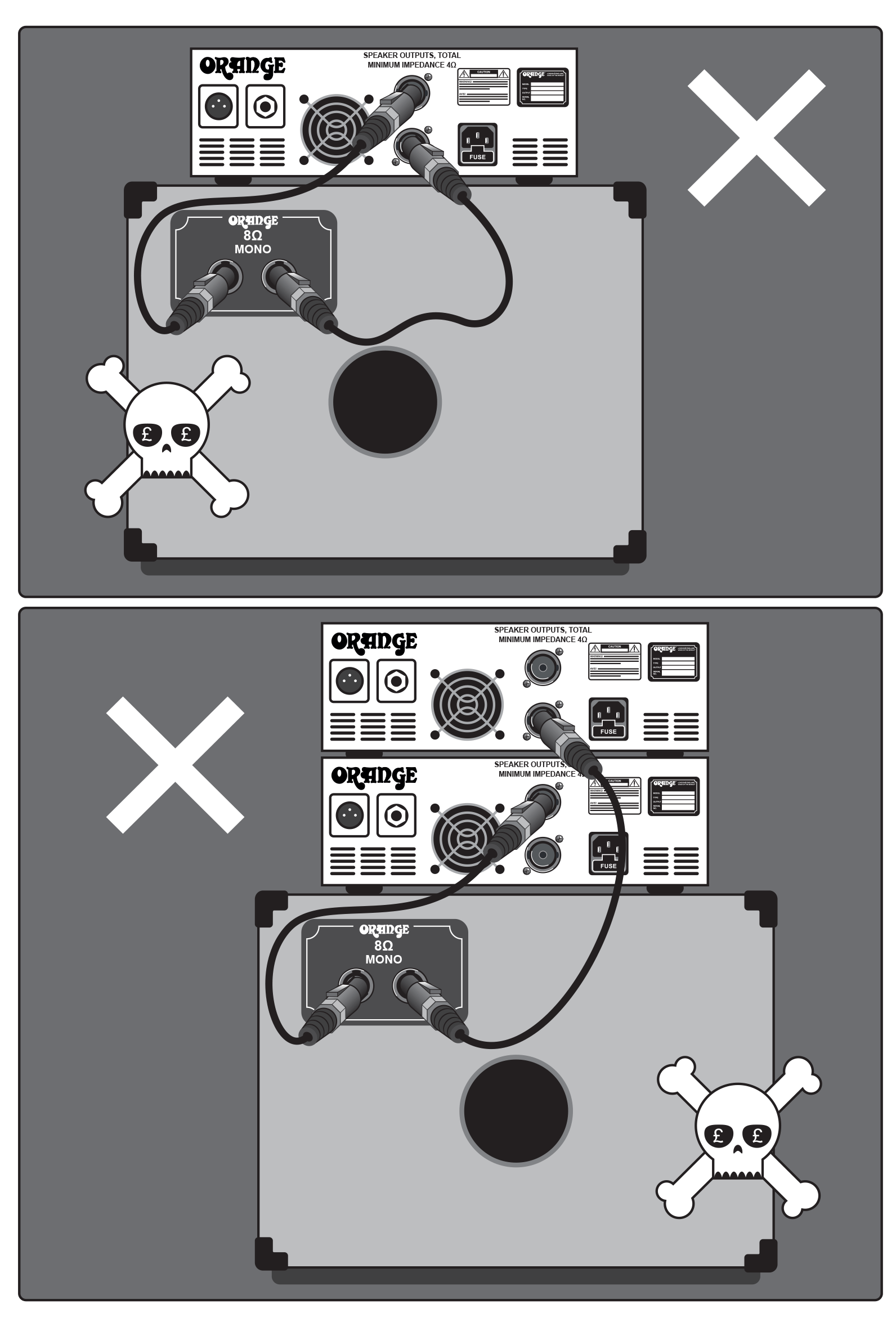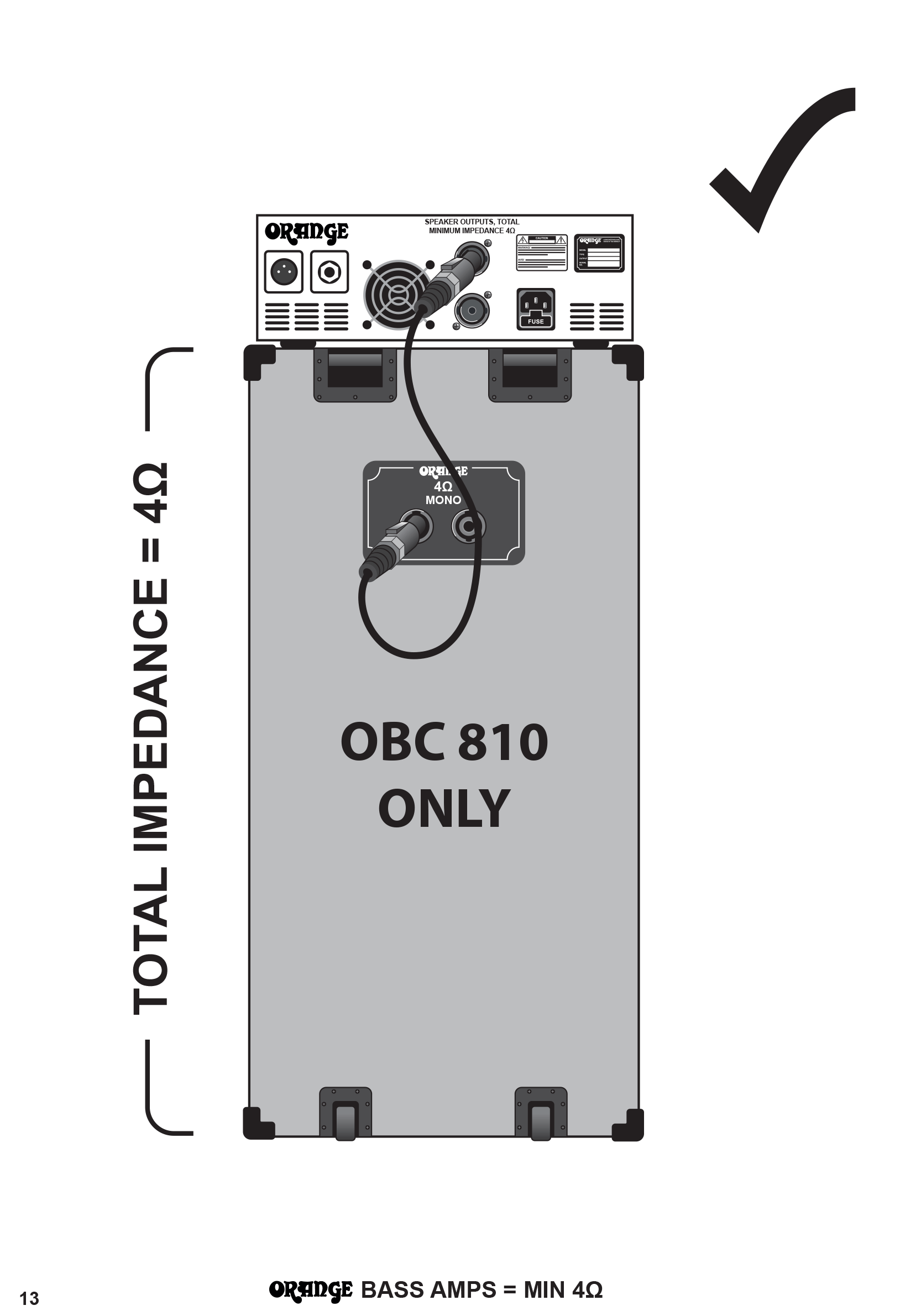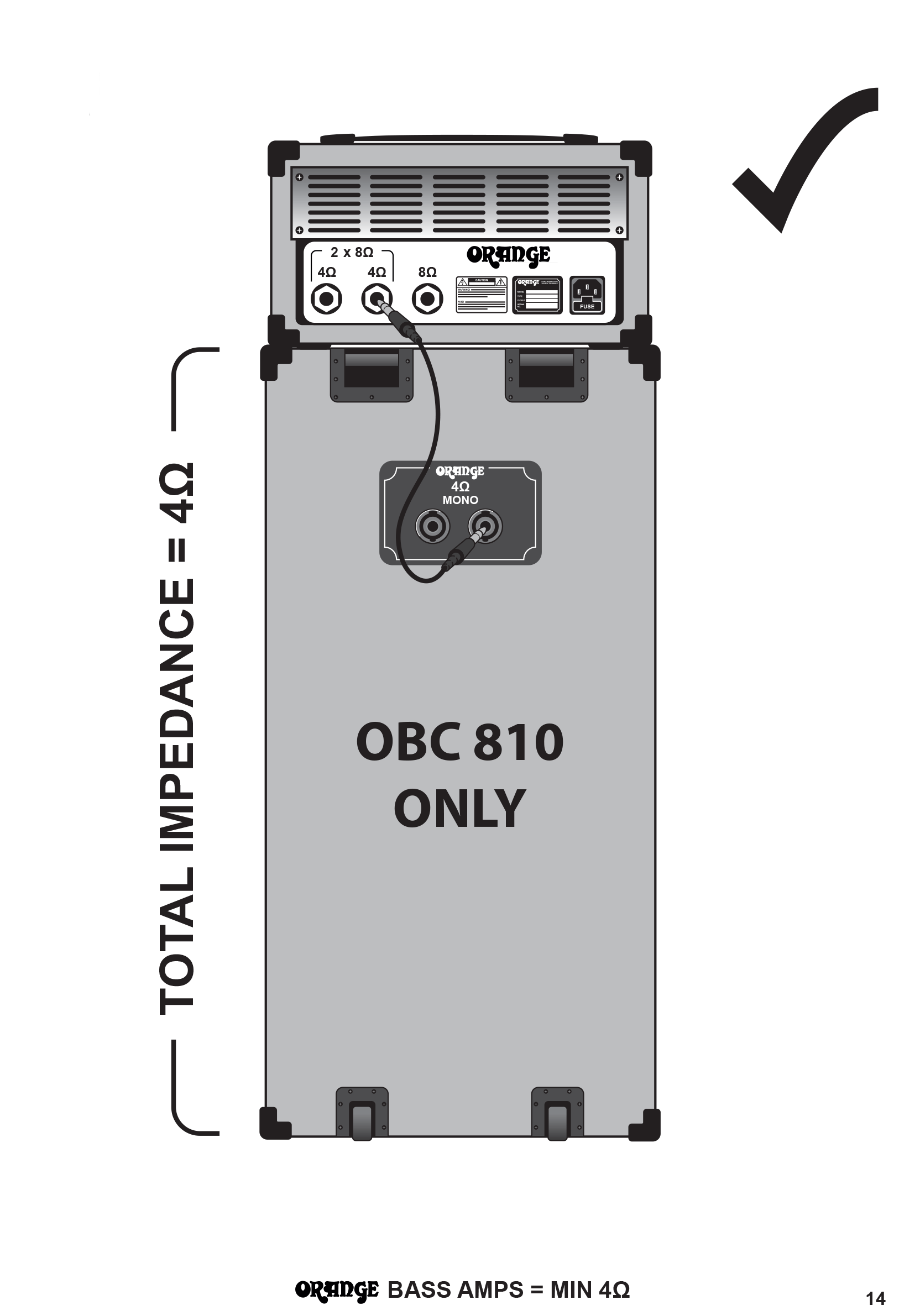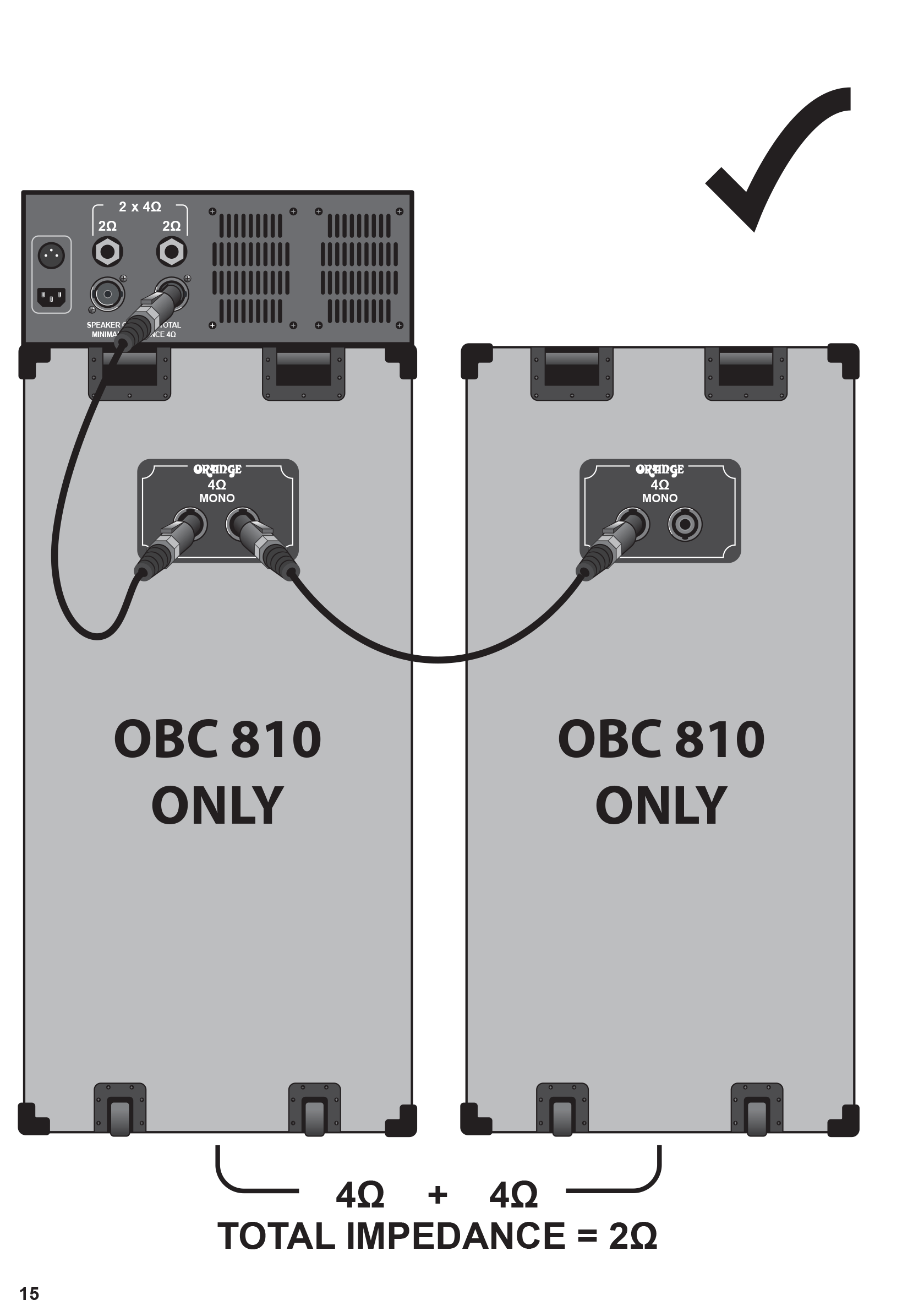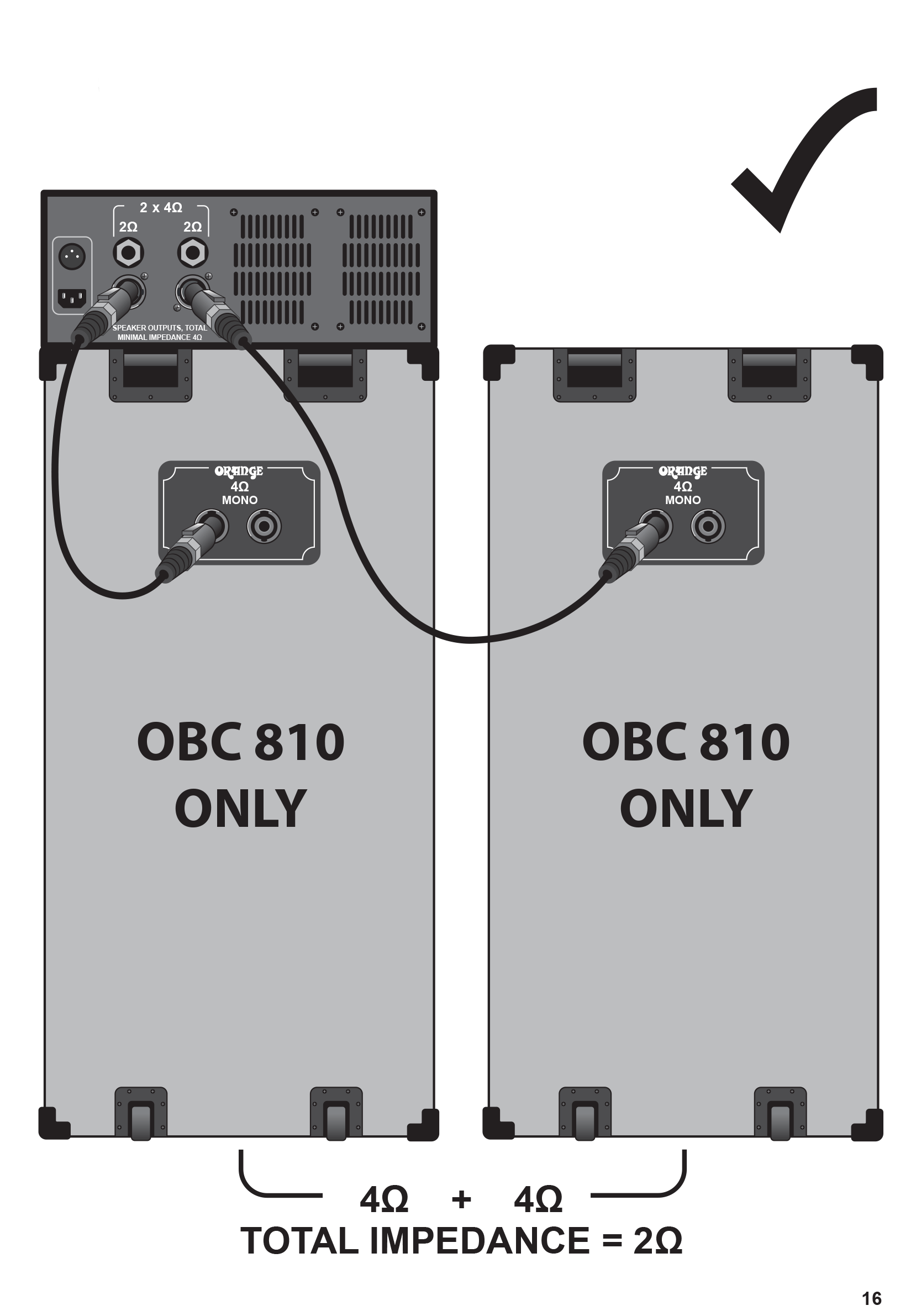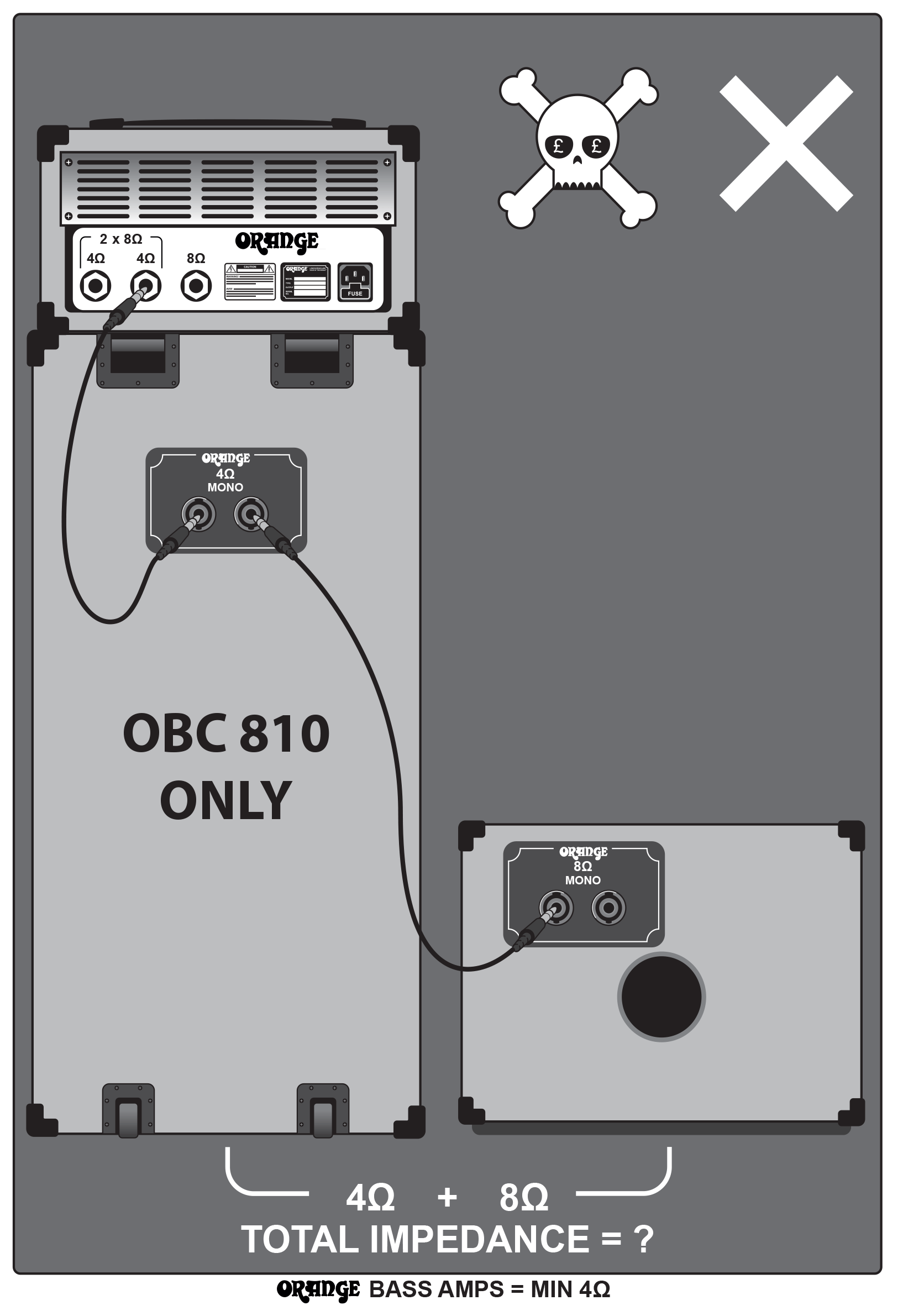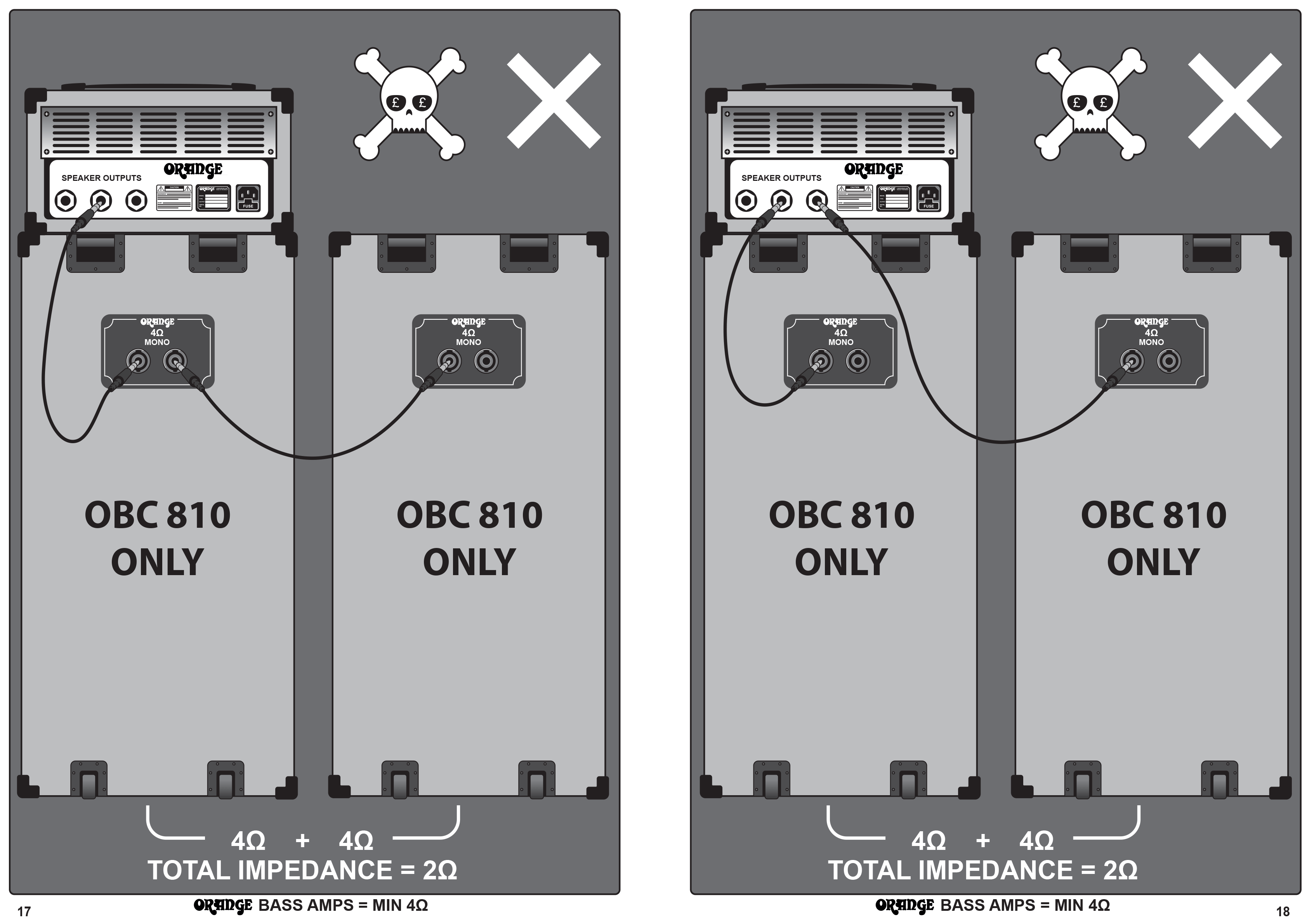Welcome to Orange
Thank you for choosing Orange.
Since 1968, when the company was founded, Orange Amplification has been researched and developed by the guitarist for the guitarist. Today, with a team of the industry’s most dedicated engineers, it continues to test the boundaries of conventional amp design to bring you the latest range of heads, cabinets and combos.
Orange’s commitment to quality control, construction and craftsmanship is long established, and each amplifier passes through a rigorous test procedure before shipping, resulting in complete confidence that you will be delighted with your new purchase, and that it will provide you many years of enjoyment and reliability.
The warmth, tonal quality and rich harmonics generated by Orange amplifiers cannot be reproduced by artificial means. Many guitarists have reached the same conclusion: there is nothing as good as an analogue amplifier!
This web page contains valuable technical and safety information. Please take the time to read these instructions and warnings, as the information will enhance the performance and longevity of your amplifier.
Important Safety Instructions (click to expand)
- Read these instructions.
- Keep these instructions.
- Heed all warnings.
- Follow all instructions.
- Do not use this apparatus near water or other liquids.
- Clean only with a dry cloth.
- Do not block any ventilation openings. Install in accordance with the manufacturer’s instructions.
- Do not install near any heat sources such as radiators, heat registers, stoves, or other apparatus (including amplifiers) that produce heat.
- Do not defeat the safety purpose of the polarised or grounding-type plug. A polarised plug has two blades, with one wider than the other. A grounding-type plug has two blades and a third grounding prong. The wide blade or the third prong are provided for your safety. If the provided plug does not fit into your outlet, consult an electrician for a replacement of the obsolete outlet.
- Protect the power cord from being walked on or pinched, particularly at plugs, convenience receptacles, and the point where they exit the apparatus.
- Only use attachments/accessories specified by the manufacturer.
- Use only with the cart, stand, tripod, bracket, or table specified by the manufacturer, or sold with the apparatus. When a cart is used, use caution when moving the cart/apparatus combination to avoid injury from tip-over.
- Unplug this apparatus during lightning storms or when unused for long periods of time.
- Refer all servicing to qualified service personnel. Servicing is required when the apparatus has been damaged in any way, such as power-supply cord or plug is damaged, liquid has been spilled or objects have fallen into the apparatus, the apparatus has been exposed to rain or moisture, does not operate normally, or has been dropped.
WARNING! TO REDUCE THE RISK OF FIRE OR ELECTRIC SHOCK, DO NOT EXPOSE THIS APPARATUS TO RAIN OR MOISTURE.
Where indicated or stated on the product/unit, this device complies with Part 15 of the FCC rules. Operation is subject to the following two conditions:
- This device may not cause harmful interference
- This device must accept any interference received, including interference that may cause undesired operation.
Note: This equipment has been tested and found to comply with the limits for digital devices of its class, pursuant to Part 15 of the FCC Rules. These limits are designed to provide reasonable protection against harmful interference in a residential installation. This equipment generates, uses and can radiate radio frequency energy and, if not installed and used in accordance with the instructions, may cause harmful interference to radio communications. However, there is no guarantee that interference will not occur in a particular installation. If this equipment does cause harmful interference to radio or television reception, which can be determined by turning the equipment off and on, the user is encouraged to try and correct the interference by one or more of the following measures:
- Reorient or relocate the receiving antenna.
- Increase the separation between the equipment and receiver.
- Connect the equipment to an outlet on a circuit different from that to which the receiver is connected.
- Consult the dealer or a qualified technician for help.
Note: Changes or modifications not expressly approved by Orange Music Electronic Company, Ltd. could void the user’s authority to operate the equipment.
For customers in Canada: Where indicated or stated on the product/unit, this digital apparatus complies with Canadian Interference Regulations CAN ICES-3(B)/NMB-3(B).
All products are certified and tested to relevant safety standards. For further information, please contact us at orangeamps.com/contact.

